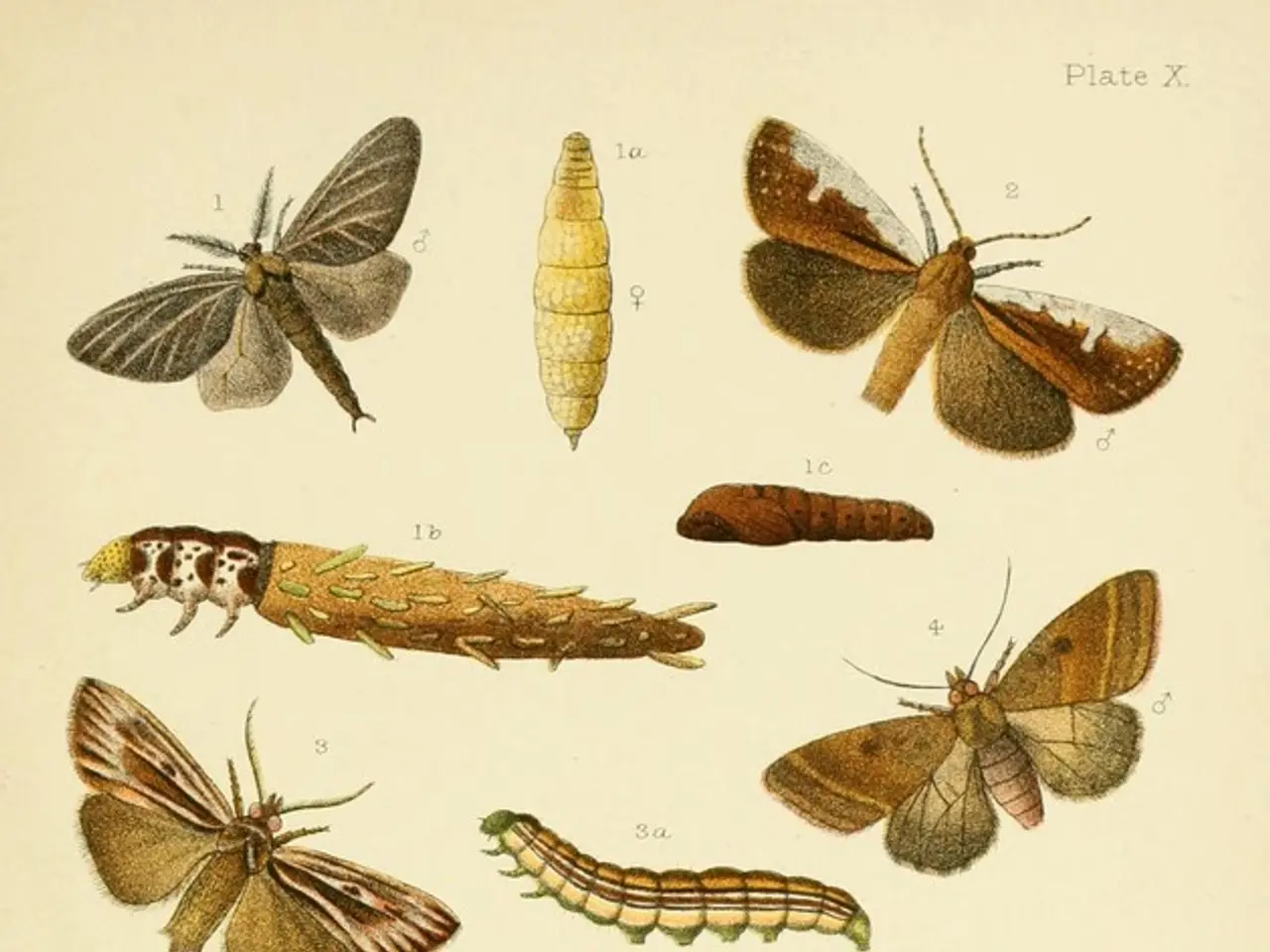Exploring the Dangerous Realm of Venomous Creatures: An In-Depth Analysis
In the vast and diverse world of nature, one fascinating aspect that stands out is the presence of poisonous animals. These creatures, found across land and sea, possess toxins that can have unique effects on the human body.
One such toxin is batrachotoxin, found in some poisonous animals like the Poison Dart Frog and the Hooded Pitohui from Papua New Guinea. This toxin provides insights into nerve function and ion channels, aiding scientists in their understanding of these vital aspects.
The Monarch Butterfly (Danaus plexippus) is another intriguing example. By feeding on milkweed as caterpillars, they become poisonous, thanks to the cardiac glycosides present in the plant. These toxins remain in the Monarch's system and serve as a deterrent against bird predators. Interestingly, cardiac glycosides have been adapted for use in heart medications.
Not all poisonous animals are found on land. The ocean houses its fair share, such as the Pufferfish and the Blue-Ringed Octopus. The Pufferfish contains tetrodotoxin, a potent neurotoxin, while the Blue-Ringed Octopus carries tetrodotoxin and is known for its glowing blue rings.
Poisonous animals differ from venomous animals, which inject toxins directly through bites or stings. Poisonous animals, on the other hand, contain toxins that are harmful when ingested, touched, or inhaled.
The Rough-Skinned Newt carries enough tetrodotoxin to potentially kill an adult human. Meanwhile, Spanish Fly produces cantharidin, a toxic compound that causes severe blistering on contact and internal damage if ingested.
Different animals produce various types of toxins, each affecting the body in unique ways. These toxins can lead to symptoms ranging from mild skin irritation to death in humans, depending on the species and amount of toxin absorbed. Common symptoms include numbness or tingling, respiratory difficulty, nausea and vomiting, and muscle weakness or paralysis.
Immediate medical intervention is often necessary, especially in cases involving neurotoxins. Researchers, such as specialists in toxinology and pharmacology like Dr. Bryan Fry and Dr. André Rodrigues, are delving into the potential uses of these toxins, with tetrodotoxin being researched for its potential as a painkiller.
Bright colours and distinct patterns often serve as a warning signal in poisonous animals, a strategy known as aposematism. This is evident in the Monarch Butterfly's vibrant orange and black wings and the Blue-Ringed Octopus's striking blue rings.
In conclusion, the world of poisonous animals offers a fascinating exploration into the natural world's defence mechanisms. While these toxins can pose serious consequences for humans if accidentally contacted or ingested, they also hold immense potential for scientific advancements, particularly in the field of medicine.
Read also:
- Nightly sweat episodes linked to GERD: Crucial insights explained
- Antitussives: List of Examples, Functions, Adverse Reactions, and Additional Details
- Asthma Diagnosis: Exploring FeNO Tests and Related Treatments
- Unfortunate Financial Disarray for a Family from California After an Expensive Emergency Room Visit with Their Burned Infant








